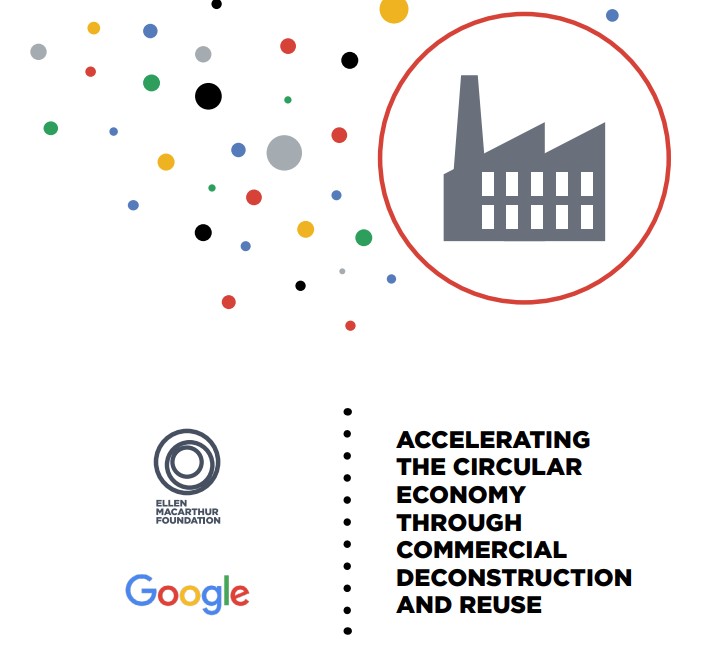What’s beyond ‘someone should do something’???
OK, so you want a change in your world – what’s that change going to look like? Do you know ? Can you describe what you want instead?
A web post I was referred to recently said that: “Those in charge of our world currently are clearly not doing the job that needs to be done“. The response to that post was: ‘What are “our current leaders” failing to do? What are you hoping we … [the alternative leaders]… do?‘
Who specifically….
Who specifically do you want to influence? Who has the power now, today, to make a decision that will lead to direct action in the domain that you want action? Who is the person who has the power to make that change happen? Do you know? Can you get beyond “the government should” or “business shouldn’t” to describe what change you want and who truly has the power to get it initiated?<
What specifically…
What specifically do you want them to do? What process do you want them to follow? What results will it generate and for whom? What specific evidence will tell you that the change you want has been achieved?

It’s time to get CLEAR…
In ‘The Simplicity Survival Handbook’, Bill Jensen suggests that communicating what you want done is more successful when you are CLEAR about how it is:
- Connected – to the current projects and workload of the person taking the action.
- Lists next steps – of the initial actions to take to get started.
- Expectations – what success will look like.
- Ability – the tools and resources that will be needed to get the job done.
- Return – what’s in it for the person taking the action.
Let’s talk smartphones…
Let’s say that I’m sick of e-waste and want a regenerative iPhone for my next phone. Who do I talk to? What specifically am I asking for? What I want is:
- My iPhone delivered as a product-of-service, to be upgraded in-store with the latest and greatest mods, possibly including visible logos indicating that’s what it is.
- My iPhone designed for re-manufacture, so it’s easy for it to be upgraded in-store in ways that save Apple money.
- The materials used to make my iPhone to be sourced from renewable resources wherever possible.
- The materials used to make my iPhone to be up-cyclable into high-quality materials, not just recyclable.
- The power for my iPhone to be renewable – maybe even from my own body temperature (an exciting technology I read about in The Blue Economy).
So who am I going to want to talk to? Probably senior Apple product designers, along with senior Apple management. Definitely specific people in specific roles. (Personally, I suspect they’re way ahead of me in this game – but let’s work the example through.)
What’s in the deal for them? I’m not sure where ‘responsible corporate citizenship’ sits in their priority list, or ‘the good of future generations’. Maybe they’d be more interested that:
- Body-powered devices would be seriously ‘cool’ – and also allow non-stop access to iTunes.
- Leaner manufacturing with radically fewer virgin material inputs required means significantly lower production costs.
- End-of-life e-waste legislation could be hard to apply to products that never have and end-of-life because they’re products of service forever owned and upgraded by Apple.
How would they get started?
Let’s say they’re environmentally naive and I’m dealing with highly innovative people. I’m going to start with a minimum of basic information about resource consumption, and move straight on to the library of great examples of the last 20 years that I’ve been collecting (See the Regenerative Business discussion group on LinkedIn.)
Then I’d back up a bit and talk about the technical side of life cycle analysis and ecological footprints. Maybe take a look at product-of-service (possibly not necessary to the people who de-materialised music with iTunes).
But the core of sustainability innovation is organisational. The starting point isn’t hard technology, it’s engagement and human cooperation for innovation. So the first steps I’d be advocating would be:
- Educate your senior team about the underlying issues – no guilt trips, just the simple physics of a finite ecosystem.
- Educate your senior team about the experiences and successes of the regenerative business pioneers, possibly starting with Interface and Fuji-Xerox.
- >Set new business goal posts – products-of-service that support eco-system regeneration.
- >Establish the rules – what success is and how it will be measured.
- Educate your organisation on regenerative business principles and practice.
- Get out of the way and let your people make it happen.
- Keep an oversight to make sure the end direction is clear.
This would be my basic formula for most organisations – business education and innovation first, then measurement and reporting in service of relevant business goals.
What’s your game?
If you’re standing back playing ‘Isn’t it awful?’ or ‘Someone (out there) should do something!’ then you’re not part of the solution – you’re adding to the anxiety and uncertainty that’s paralyzing action.
There are solutions – there are lots of solutions. There are more than just technology solutions – there’s a vast array of communication and collaboration tools to support innovation adoption.
Are you ready to play a different game?
Who specifically? Can you point to an organisation, a job title, a name? There’s no such thing as “business” – there’s a complex socioeconomic ecosystem with some large players at the top and millions of smaller players down the chain. “Business” is a human community where individuals take action – so who specifically do you want to take action?
What specifically? Yes really – I challenge you to know some CLEAR steps that are relevant to the individual you’ve chosen to influence. If you want action, it’s up to you to know what action you want. And if you want successful action, you’re going to do a whole lot better if you know what’s going on for the person involved and have some form of benefit that they value.
“Your mission Jim, should you decide to accept it…”
Pick one person with some authority that you know. Maybe a project engineer, maybe a purchasing clerk, maybe a product designer. This is your practice ‘Who specifically?‘ so you may not want to start with a CEO.
Study their decision making capacity, to identify a ‘What specifically?‘ that will work for you and for them. Study them, so you know about their WII-FM (what’s in it for me).
Then have a go – get specific. Get your stationery officer to buy Enviroliner recycled pens; get your plant engineer researching trigeneration or pipe-work without right angles; get your boss reading “The Ecology of Commerce” or “The Upcycle“.
Have fun out there….










